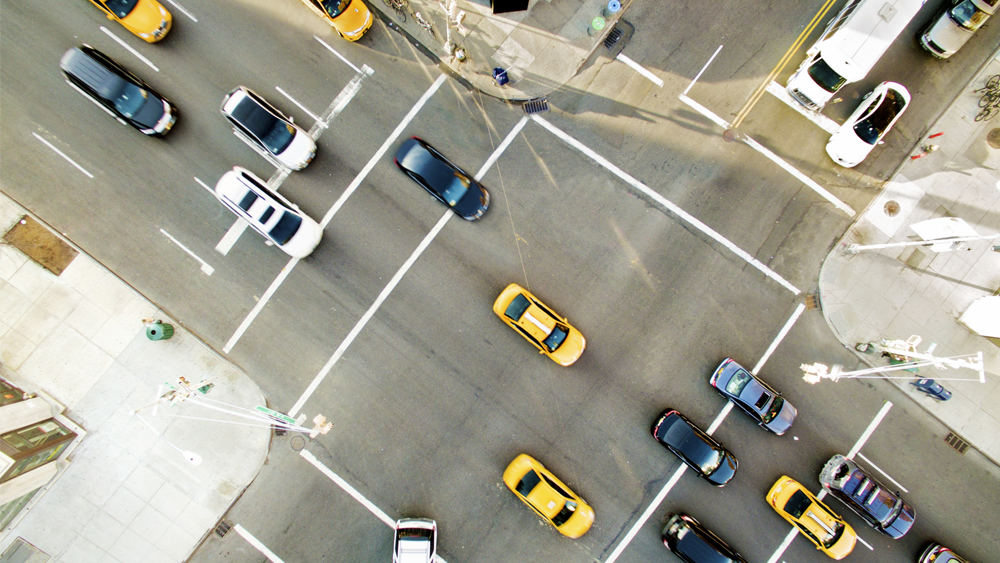
Today, on the roads, you will find all kinds of vehicles. Some feature automated driving technology to steer, accelerate or brake and connected technology that provides turn-by-turn directions and even Wi-Fi hotspots. Yet, some still require you to roll up the windows manually.
With this mix of vehicles on the road, Xiaoyu “Sky” Guo, a doctoral student in the Zachry Department of Civil and Environmental Engineering at Texas A&M University and a graduate assistant researcher at the Texas A&M Transportation Institute (TTI), applied a basic traffic diagram to detect shifts between traffic states and to estimate the flow-density relationship at a signalized intersection.
For her work, Guo was named the recipient of the 2020 Daniel B. Fambro Student Paper Award, an international award sponsored by the Institute of Transportation Engineers (ITE), which recognizes students who have conducted independent and original research on traffic or transportation subjects. The award is named for the legacy of Daniel B. Fambro, a former professor with the department and associate researcher with TTI.
Guo became interested in this study when taking a traffic engineering class with Dr. Yunlong Zhang, professor and associate department head of graduate programs. Later that semester, she started working with Dr. Kevin Balke, a senior research engineer from TTI, on traffic optimization for signalized corridors.

In her paper, Guo says with the development of emerging connected vehicle technologies, the potential for the connected vehicle trajectory method will benefit traffic flow modeling and the development of traffic management strategies.
“We will experience a mixed traffic environment for a long time until we achieve a fully connected autonomous vehicle (CAV) traffic flow,” she said. “It is important to explore data from CAVs that benefit transportation research, even under such low market penetration rates.”
The connected vehicle trajectory method demonstrates its feasibility and effectiveness to detect shifts between traffic states, reveals transition traffic interactions and provides the potential to model large-scale traffic patterns.
Guo explains there are still some challenges in the public acceptancy of CAVs and the frequency of getting a new vehicle that results in the lower market penetration rate of CAVs on the roads for the next 10-20 years. But it’s essential to use the data from the current CAVs on the road to benefit future of transportation modeling and management.
Her favorite part of this work is the new technology that CAVs bring to transportation. Although the concept of CAV technology is familiar to researchers and the general public, the data collected by CAV deployments is relatively new.
“It is important to note that detecting the shifts between traffic states and estimating the flow-density relationship are very fundamental transportation challenges that have existed since we have had cars on the streets,” she said. “It is very exciting to use data from innovative CAV technology to solve those.”
Many research gaps still need to be addressed. A future direction for Guo is to replace the fixed timing traffic control with artificial intelligent traffic control.